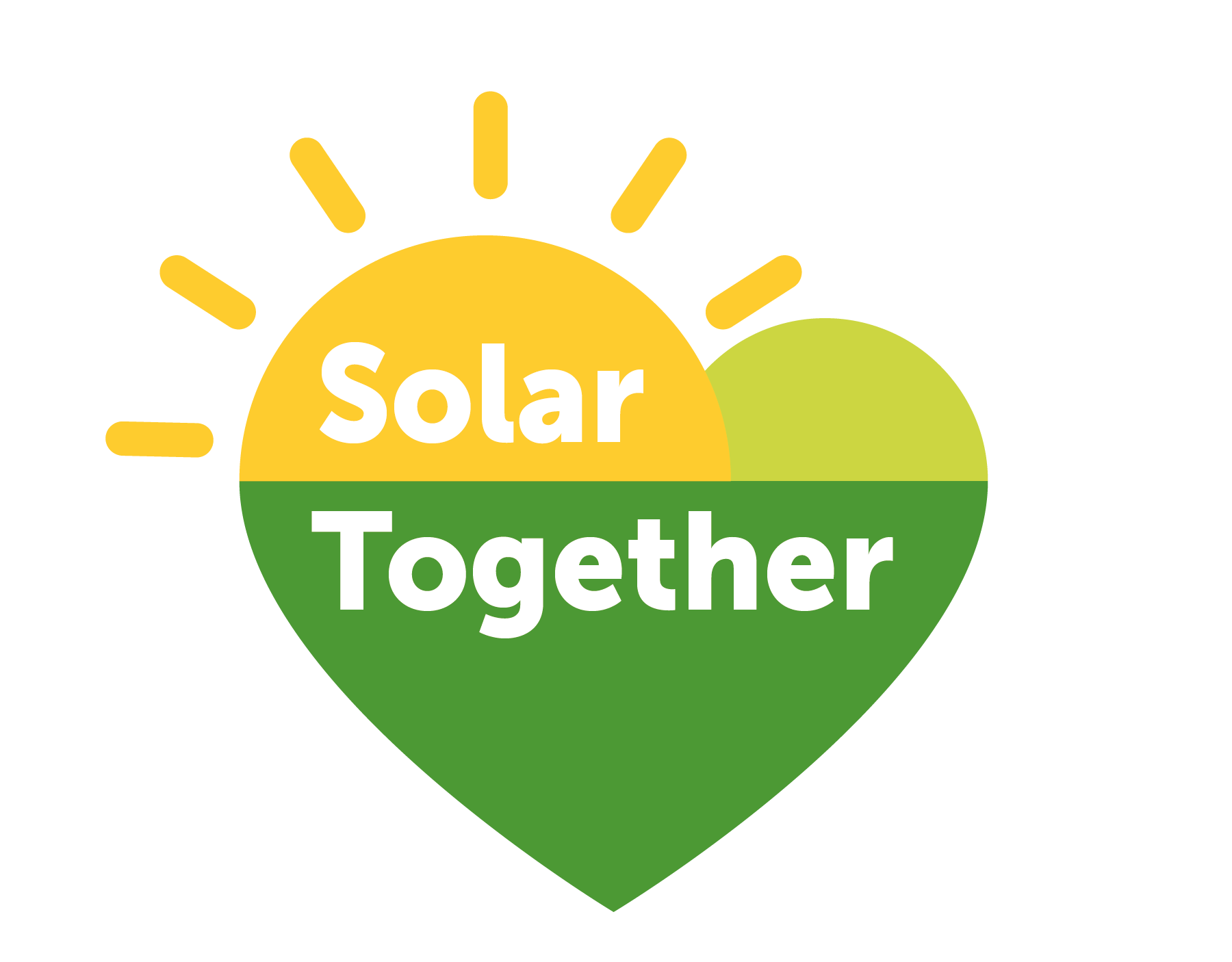The long-term plan to achieve a net-zero carbon world by 2050 is well underway, with countries all around the globe uniting to embrace renewable energy sources. Solar, wind, hydro, geothermal and other technologies are being rolled out and researched further to develop more efficient technologies, and the transition away from fossil fuels is in full swing.
For this to be a success, though, it needs to be inter-generational. That means the leaders of tomorrow – our children – need to be fully aware of renewable energy sources, their importance and their role to play in the coming years. Here is how you can raise the issue with your children and ensure they are armed with all of the information needed in terms they will understand:
What kids need to know about renewable energy
Renewables and sustainability are big words for children, especially those in the younger age brackets. But they can be broken down into straightforward terms that they can understand and remember well into their adult years.
You can explain to them that our current sources of electricity are going to run out and it will take millions, if not billions of years, for them to become available again – which is not viable. Use your creativity and imagination to explain various scenarios to them.
However, energy from the wind and the sun is always going to be available so you can replenish your supply without worrying about it running out.
Sustainability is about ensuring that something can exist for an indefinite period. Recycling is sustainable because it means we are re-using items instead of throwing them in the garbage. Throwing out disposable plastic items like straws and cutlery is not, so we are not buying them from the shops anymore.
Be practical
The best way to learn things is by doing. There are many ways you can show children how renewable energy works without turning it into an advanced chemistry lesson. It can be as simple as pulling out a solar light from your driveway and explaining the solar panel on the top and how it works.
This is also an opportunity to conduct experiments with your children. You can create your wind turbines and miniature hydro experiments and show how the flow of water or wind can generate electricity – you could even use these experiments to power lightbulbs or another small item that only requires a little bit of power. There are many kits available or you can recycle items in your home for these experiments; there are plenty of ideas available on platforms like Pinterest to inspire you.
Finally, the best way to teach your children is to lead by example. If you embrace renewable energy sources and adopt sustainable practices like recycling and not using disposable single-use items, they are likely to follow in your footsteps.



